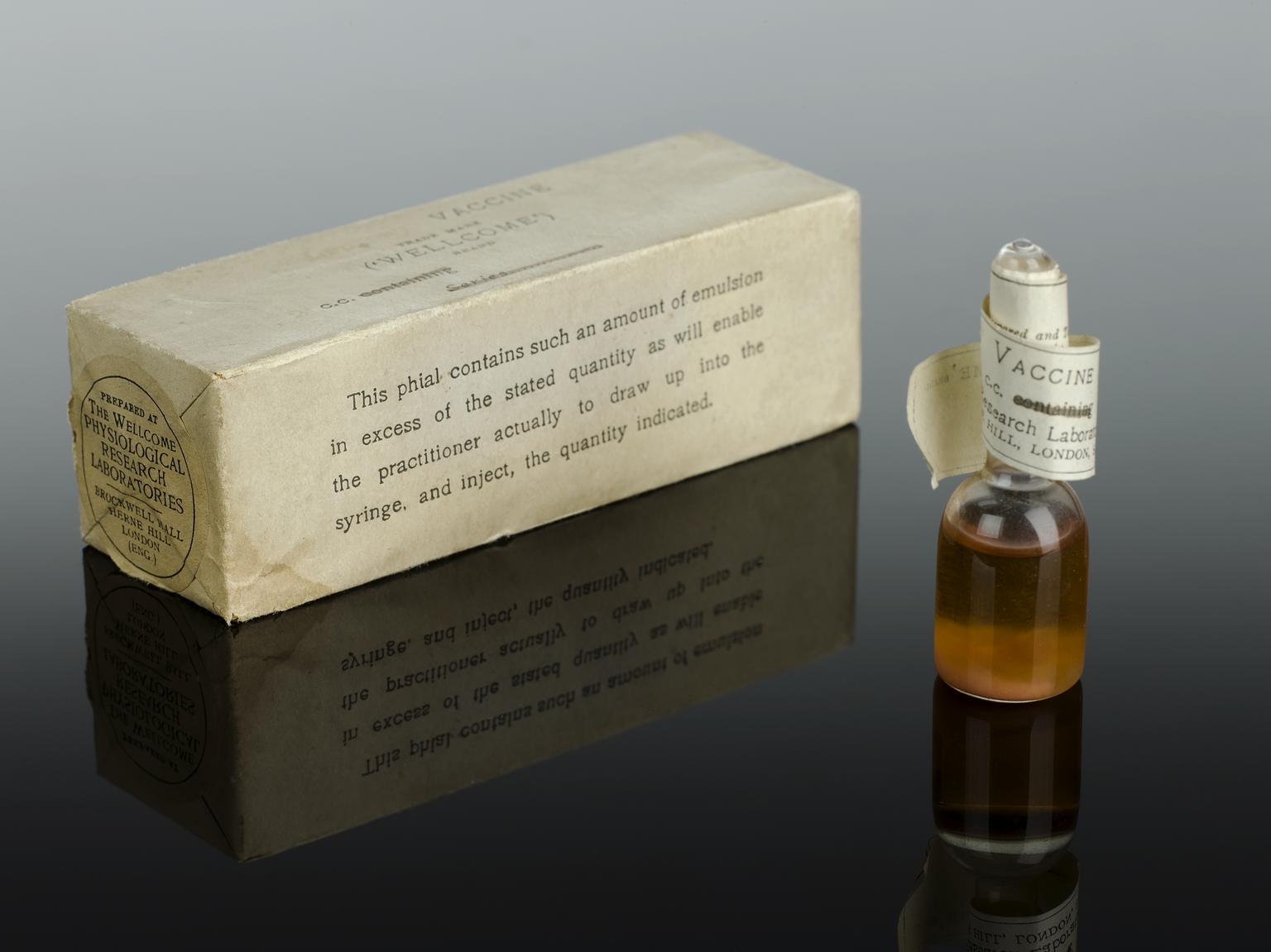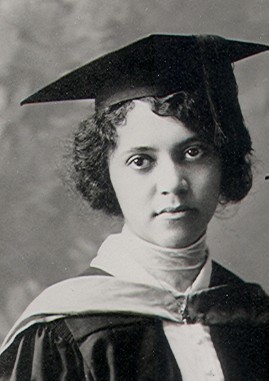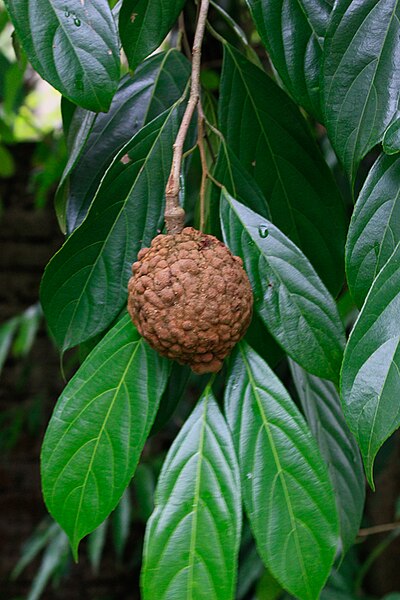An Introduction to Hansen’s Disease
Leprosy is a disease that has existed for at least 4,000 years, with symptoms recorded in writing as early as 600BC. In the past, the term “leprosy” was more broadly used to describe a variety of skin conditions, and the term is derived from the Greek lepros, meaning ‘scaly’. However nowadays it specifically refers to Hansen’s Disease.
The condition has always been stigmatised. In the past, it was thought to be extremely contagious and some even considered it a divine punishment. Those who had it were treated as unclean and often banished to quarantine in leprosy colonies – this idea of separation still occurs in places such as India, where there are informal communities that welcome those who have the disease. We now know that it’s not easily transmitted and can only be spread through close contact with someone with untreated leprosy over many months. Unfortunately many stigmatised beliefs have carried forward to the present day, and those with physical symptoms can face discrimination.
It wasn’t until the 1940s that the first truly effective treatment was discovered, and Hansen’s Disease is now curable with a combination of drugs.

Alice Ball
Born 24 July 1892 in Seattle, Washington, Alice Ball was a young chemist and excellent student. After earning two bachelor’s degrees in Pharmaceutical Chemistry and Science of Pharmacy from the University of Washington, she went on to study for a master’s degree in Chemistry at the College of Hawai’i (now the University of Hawai’i). She was the first Black American to graduate with a master’s from the College of Hawai’i, as well as the first to become a research chemist and instructor there.

Her thesis work caught the attention of Dr Harry T. Hollmann, an assistant surgeon, who invited her to become a research assistant on his project to find a treatment for leprosy. At the time, the first line of defence was using an oil made from the seeds of the Chaulmoogra tree, a remedy first recorded in ancient Ayurvedic texts (a traditional Indian system of medicine).
One of the active ingredients, hydnocarpic acid, has anti-microbial properties, and the oil helped to alleviate symptoms such as skin lesions. The problem was, applying the oil to the skin still wasn’t very effective, and neither was consuming it. It didn’t help that chaulmoogra oil tasted awful and made patients feel nauseous.
The research team began to experiment by injecting the substance into the muscles or fat under the skin, where the active agents could be absorbed by the body more quickly. This was much more effective, but as chaulmoogra oil isn’t soluble in water, the procedure was incredibly painful and left blister-like abscesses under the skin.

In 1916, Ball devised a method of turning the fatty acids in chaulmoogra oil into ethyl esters – compounds which dissolve much more easily in water. This made it far more injectable. Unfortunately, she was unable to publish any of her research before she died later that year aged only 24.
Following her death, Ball’s work was taken up by Arthur Dean, her supervisor and then head of the College of Hawai’i’s Chemistry Department. He and his co-authors published several papers relating to further experiments with chaulmoogra from 1920 to 1922. Alice Ball was not given credit for her founding work, and the modified technique used to prepare the esters was referred to as ‘Dean’s Method’.
In 1922, Hollmann published a paper clearly crediting Alice Ball for her discovery, and reinstated its original name: “Ball’s method”. He even explained how her approach was better – producing the same result as Dean without the need for expensive or complicated equipment:
‘I cannot see that there is any improvement whatsoever over the original technic as worked out by Miss Ball. The original method will allow any physician in any asylum for lepers in the world, with a little study, to isolate and use the ethyl esters of chaulmoogra fatty acids in treating his cases, while the complicated distillation in vacuo will require very delicate, and not always obtainable, apparatus.’ – Harry T. Hollmann, The Fatty Acids of Chaulmoogra Oil in the Treatment of Leprosy and Other Diseases.
The injectable version of Chaulmoogra oil became the preferred treatment for leprosy all over the world.
In Hawai’i alone, over 8,000 people diagnosed with leprosy were exiled to join the Kalaupapa colony on the island of Moloka’i which was formed in 1866. The Chaulmoogra oil treatment provided hope for those with leprosy, with 78 patients with the disease at the Kalihi Hospital in O’ahu recovering to the extent that they could return home to their families at the start of the 20th century.
Chaulmoogra continued to be used into the 1940s, when more effective antibiotic treatments were developed. This is perhaps why, along with the declining number of leprosy cases over time, Alice Ball remains largely unknown for her scientific contributions. However, there is a chance she could have been completely overwritten in the history books by Dean’s lack of credit.
In recent years, more efforts have been made to fully recognise the important contributions she made, including a Medal of Distinction posthumously awarded to her by the University of Hawai’i in 2007, as well as the celebration of an Alice Augusta Ball every 28 February.
The post Happy Alice Ball Day! appeared first on Science Museum Blog.
